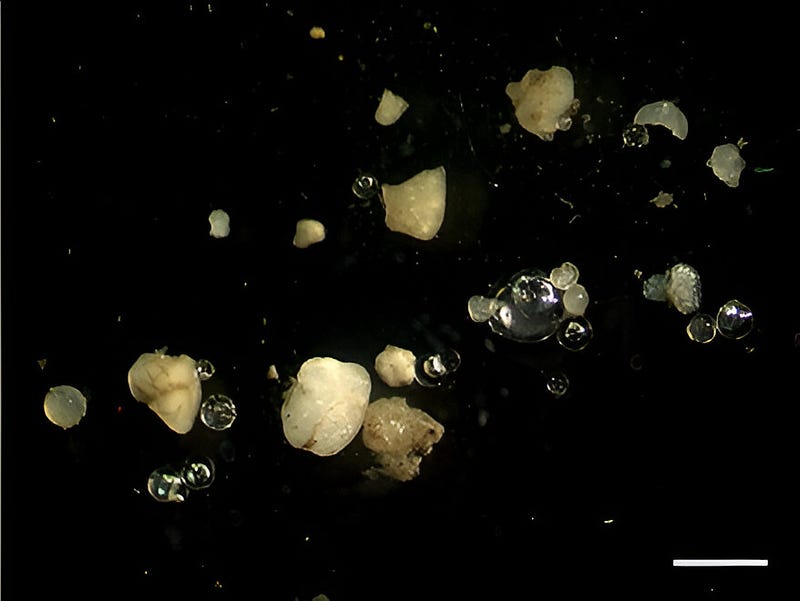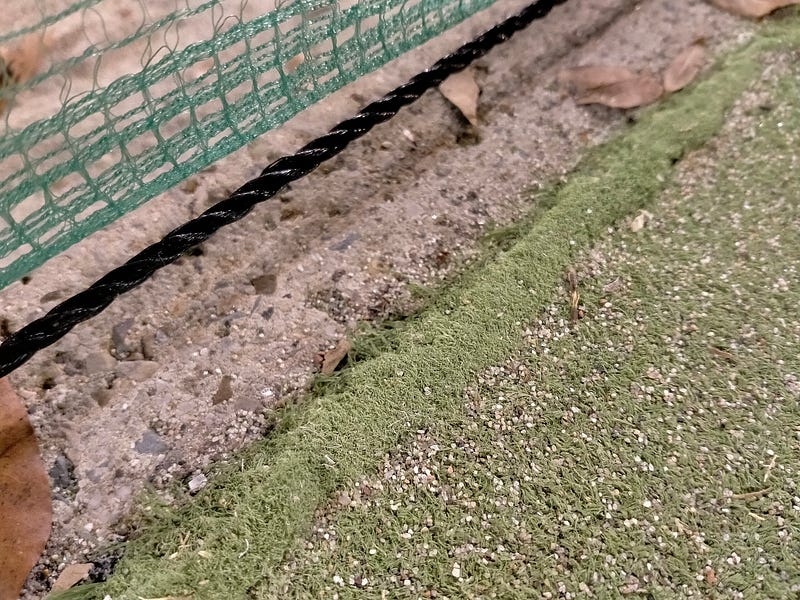Uncovering the Microplastic Threat in Historical Earth Samples
Written on
Chapter 1: The Hidden Presence of Microplastics
Recent archaeological studies have unveiled the unexpected presence of microplastics in soil samples collected over 40 years ago. This revelation has taken scientists by surprise, as these tiny plastic particles may endanger historical monuments.

Plastic is everywhere in our environment. When we sort our household waste, the plastic bin tends to fill up the quickest. This type of waste can be found in the most remote locations—on mountaintops, in rivers, and deep within forests.
Microplastics: A New Danger?
In recent years, the discussion surrounding microplastics has intensified. These minuscule plastic fragments emerge from various sources and can be found in food, cosmetics, untouched regions of the Earth, and even outer space. Scientists express growing concern over this phenomenon, as evidence mounts regarding its detrimental effects on human health.
Microplastics are often difficult to identify, as they range from 1 µm (one thousandth of a millimeter) to 5 mm in size. They originate from larger plastic items that have degraded or from resin pellets utilized in plastic manufacturing.

British researchers, in the journal "Science of the Total Environment," assert that microplastics have been detected in archaeological soil samples. A team from the University of York and the University of Hull, with assistance from the York Archaeology organization, conducted this analysis. They discovered microplastic particles in both recently collected sediments and those dating back over 40 years. These sediments were taken from depths greater than seven meters, originating from the first or early second century AD and collected in the late 1980s.
This marks the first documented evidence of such contamination, with 16 different polymer types identified. Prof. John Schofield from the University of York's Department of Archaeology stated, "This is a pivotal moment, confirming our expectations that what was once seen as pristine archaeological deposits are actually tainted with synthetic materials, including samples stored since the late 1980s."

Are Our Heritage Sites at Risk?
Traditionally, it is believed that leaving a significant portion of an archaeological site undisturbed is ideal since remains like wooden structures are better preserved underground, especially in moist soil. This enhances the chances of retrieving well-preserved organic relics.
As David Jennings, director of York Archaeology, notes, "Microplastics have been perceived as a modern issue, gaining attention in the last two decades. Professor Richard Thompson highlighted their widespread presence in our oceans in 2004, tracing their origins back to the 1960s post-war plastic production boom." The new study indicates that microplastics have infiltrated archaeological sediments, likely at a similar timeline as their oceanic presence. Some particles were even found in soil samples collected in 1988 in Wellington Row, York.
British researchers emphasize that microplastics permeating deep into the soil could endanger archaeological materials and accelerate their degradation. Initial findings suggest that archaeological sites contain toxic elements. Future research will investigate the extent of microplastic pollution's impact on monuments and whether it influences the analysis of sediment samples, such as dating.
David Jennings warns, "The presence of plastic microbeads could alter the soil's chemical composition, potentially introducing substances that accelerate the decomposition of organic remains."
Intermittent Fasting: Weight Loss Wonder or Heart Health Hazard?
Intermittent fasting involves regularly practicing short-term fasts. It may aid in weight loss. However, research…
Dear Readers
I wish to bring attention to a concern faced by content creators like myself on Medium.com. Despite dedicating considerable effort to producing quality content, the financial compensation is often minimal. If you appreciate my articles, please consider supporting me on my "Buy Me a Coffee" page. Your contributions, no matter how small, can inspire me to continue creating engaging and thought-provoking pieces. Thank you for being part of this journey!

